The Chernobyl Disaster
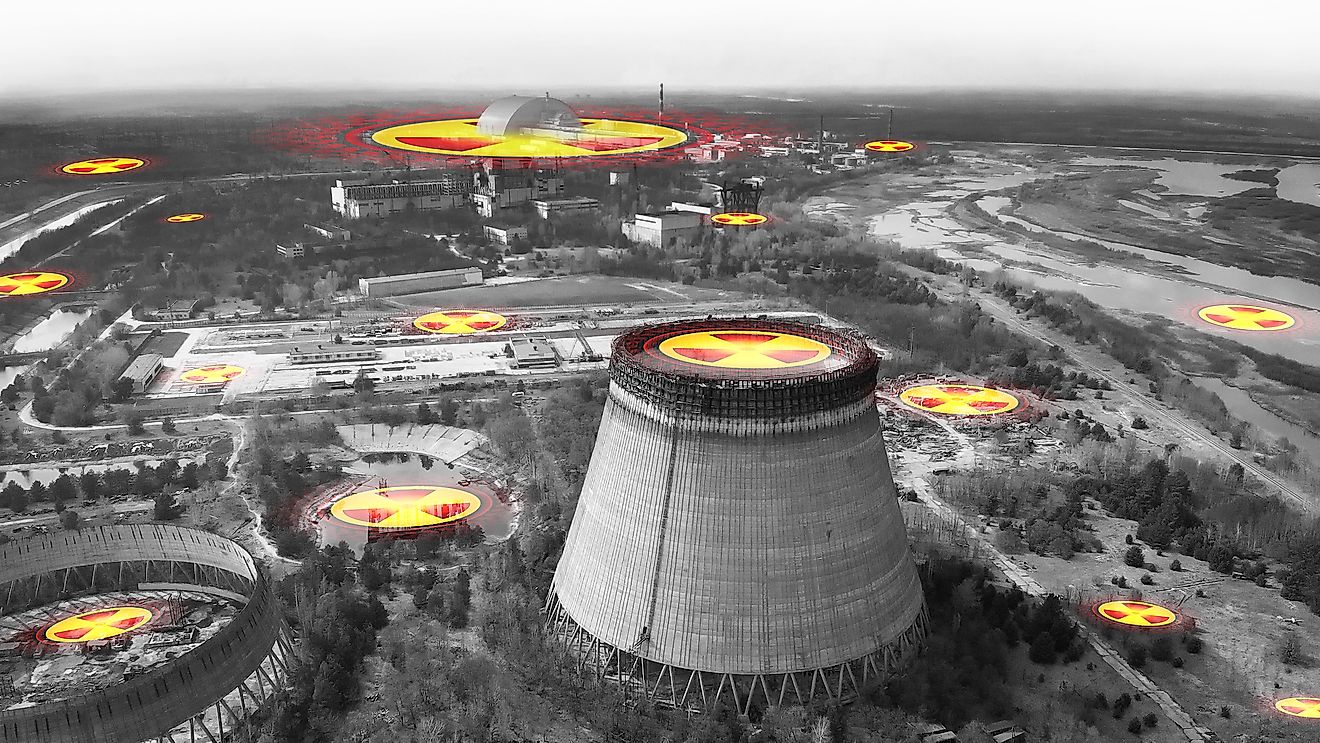
- The Chernobyl Nuclear Power Plant Exclusion Zone is still in effect as of 2021, with no plans to resettle the area.
- Within the first year of the explosion, some 135,000 residents were permanently evacuated.
- In the years following the disaster, there have been approximately 5,000 cases of thyroid cancer, resulting in 15 known deaths.
- In many cases, species which have been declining in population elsewhere in Russia and Europe have flourished due to the absence of human life in the exclusion zone in recent times.
The Chernobyl Disaster was a nuclear reactor accident that occured in 1986. The reactor itself contained a faulty design, and the operating staff were also undertrained. The result was a series of major faults that led to a steam explosion which spilled radioactivity throughout this area of the Ukraine. The Chernobyl Disaster is considered the worst nuclear disaster in history in terms of both casualties and financial damages.
Contents:
- The Disaster
- Radiation Levels At The Reactor Site
- Evacuation And Death
- Aftermath Of The Disaster
- Effects On The Environment
The Disaster
Nuclear Reactors are complex and potentially highly dangerous. As such, strict safety precautions exist in order to ensure the safety of the crew and surrounding areas. Unfortunately in the case of Cheronbyl, several factors - including inexperienced workers, a fault in the safety measures themselves, and an attempt to underplay the incident - lead to a series of events that created this nuclear disaster.
The Initial Safety Test
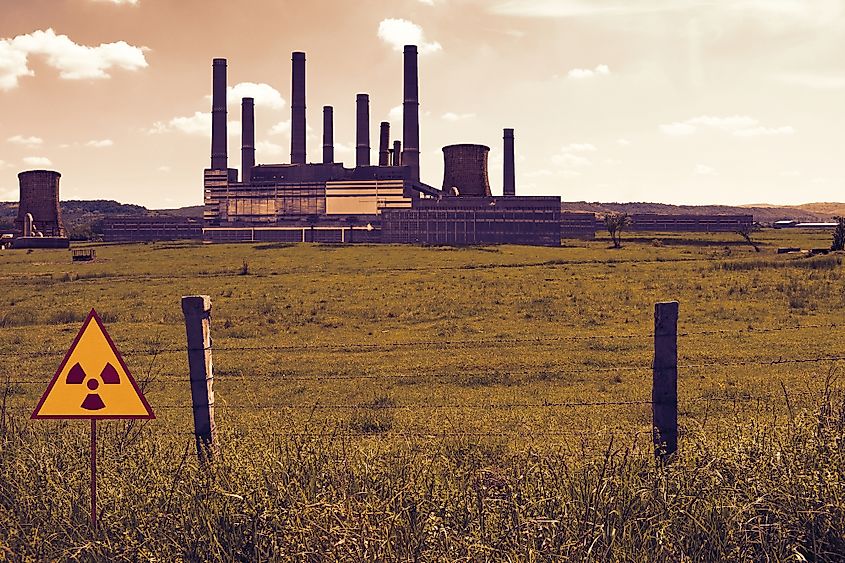
First, a safety test was run on one of the major reactors which simulated an electrical power outage. This was intended to provide training for ensuring reactor cooling occurred despite the outage in the interim between the shut down and the back up generator kicking in. This test had been run previously, but despite the simulations, no solution was found to bridge this power gap and maintain reactor cooling. In essence, the previous tests had failed. This issue was exacerbated by the fact that this test was delayed on the day, and therefore the workers on shift when the test did run were unprepared and ill trained to deal with this scenario. When the reactor power was reduced, as planned, power dropped much lower than anticipated, reaching almost zero.
When the operators attempted to restore power, only some returned, meaning the reactor was then left in an extremely unstable condition, a risk which was not explained to the operators, and therefore went unacknowledged. Because they were unaware of how unstable the reactor was, the operators continued with the electrical test as planned. Once the electrical test was finished, the reactor was put into shutdown mode. Due to the unstable nature of the reactor at the time, this shutdown triggered a nuclear chain reaction.
Nuclear Chain Reaction
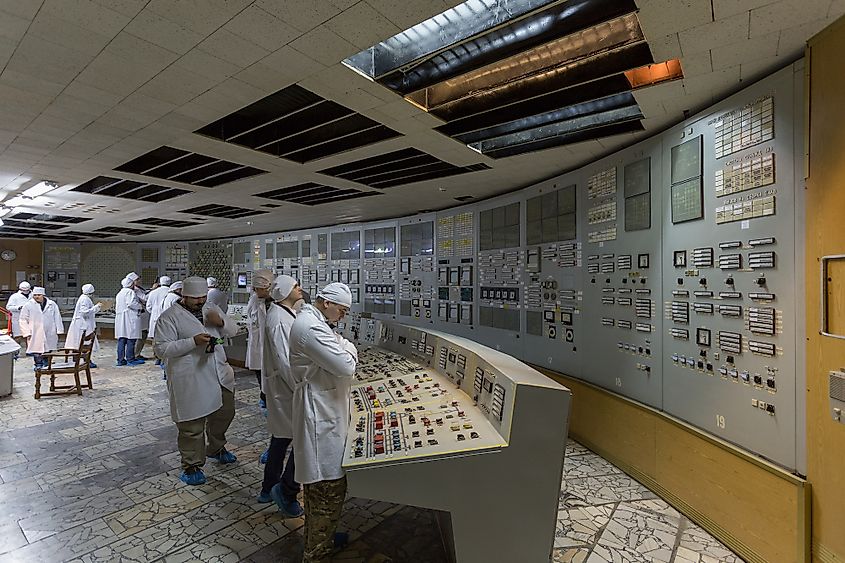
Once the nuclear reaction was triggered, there was very little that could be done to stop the inevitable tragedy. Initially, a huge burst of energy was released, followed by two successive explosions. This first explosion was a steam explosion caused by the overheating of the water usually used to cool the reactor, which broke open the reactor core. A second explosion followed immediately after the first, and led to the collapse of the building which housed the reactor. There was then an open-air reactor core fire, which is what released the airborne radioactivity.
First Casualties
Two plant workers died due to these explosions, and were the first casualties of the event. Radioactivity: Following the fire and the reactor leak, 134 staff members from the plant and emergency crews were taken to hospitals due to their exposure to acute radiation. There were 28 recorded deaths of these individuals within the days and weeks following the disaster. The next few years saw another 14 workers die from suspected radiation-induced cancer.
Radiation Levels At The Reactor Site
Radiation is so dangerous because it is not only highly toxic, but it lasts and remains in a given area for such a long time. After the explosion, radiation levels in the area were extremely high, and remain a danger still. Ionizing radiation levels at the reactor explosion site were measured at approximately 5.6 roentgens per second, which equals 20,000 roentgens per hour. When calculating lethal versus safe radiation levels, 500 roentgens over the span of five hours is considered to be a deadly exposure level, meaning the rate of 20,000 was well beyond a lethal dosage, and killed several crew members immediately.
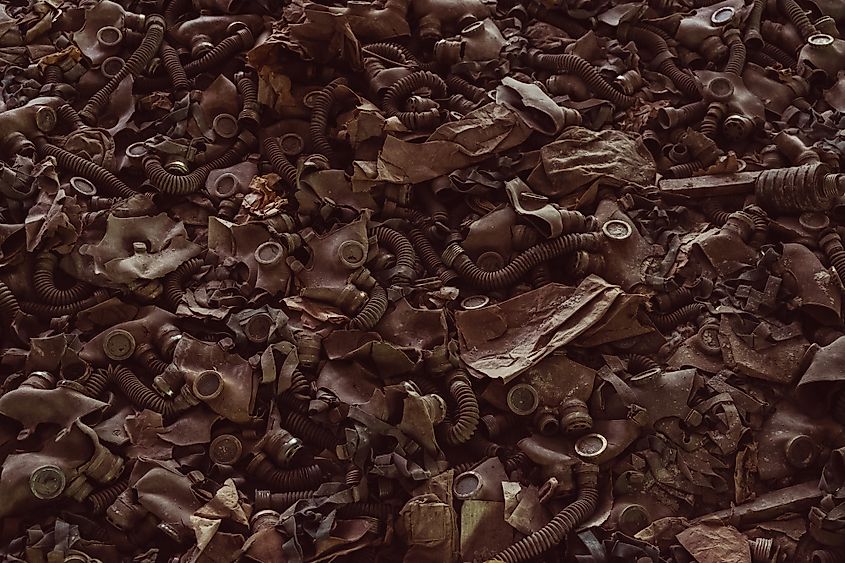
In the case of the Chernobyl disaster, crew members were sent in to contain and clean up the explosion under the assumption that the reactor itself was intact. It is thought that this was mainly due to the fact that radiation readings were so high, the tracking devices could not properly register the roentgens, leading to a false sense of safety. Unfortunately, like with so many aspects of this disaster, when a second reading was taken, reactor workers assumed the readings must be inaccurate, and thus unprotected work continued. As a result, almost all of the crew died within a few weeks of radiation poisoning
Evacuation And Death
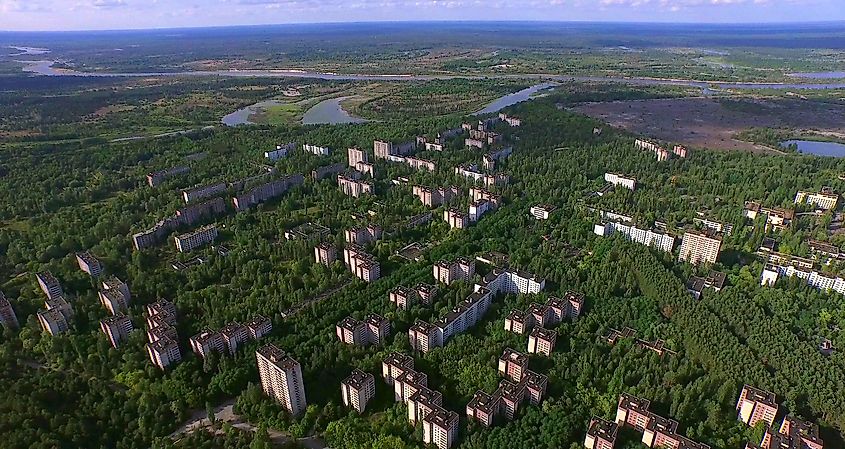
Because the danger was so underestimated, and the reactor crew members did not believe the reactor itself to be damaged, evacuations were not immediately called for. Within a few hours of the explosion, however, residents of the nearby city of Pripyat were falling ill with severe headaches, violent coughing fits and vomiting. Others indicated a metallic taste in the mouth, indicative to radiation exposure. The reactor itself was located in the Ukraine, but it was run by authorities in Moscow. This caused further complications as the appropriate channels were not notified of the incident in a timely manner, and Ukraine officials were not initially made aware of the potential danger.
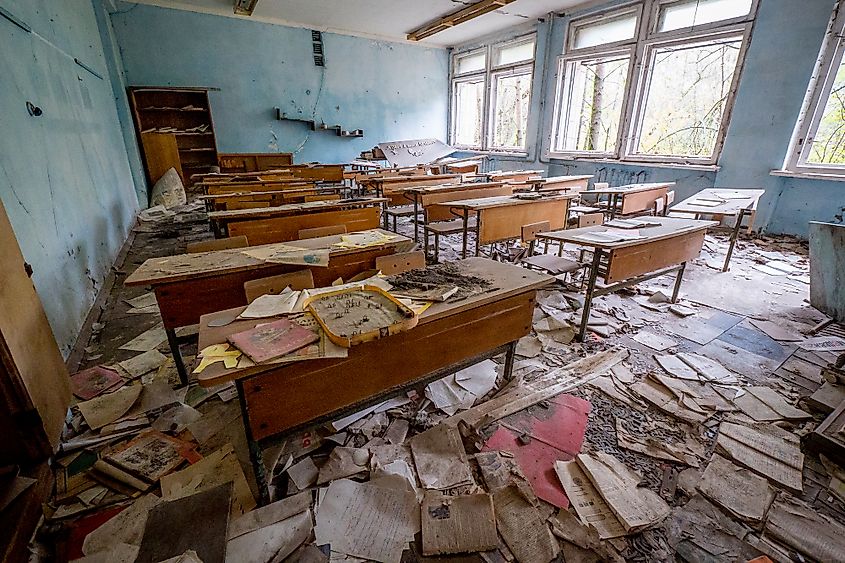
It took nearly 36 hours from the time of the explosion for the city to be evacuated. By then, over 50 people had been hospitalized for radiation exposure. Initially, the evacuation notice was only for the closest city of Pripyat, which was home to roughly 53,000 people. The citizens were told they would only need to vacate for three days which meant that most residents took only essentials with them, and left much of their possessions behind. Now, over 35 years later, homes remain much as they were left, with family possessions and memories left behind, awaiting a safe return that never came.
The following day, evacuation zones were extended to include a 6.2 mile or 10 kilometer radius from the reactor site. This was then further extended by the tenth day post incident to reach a 30 kilometer, or 19 mile area. This evacuated area is now known as The Chernobyl Nuclear Power Plant Exclusion Zone.
Aftermath Of The Disaster
Cleanup
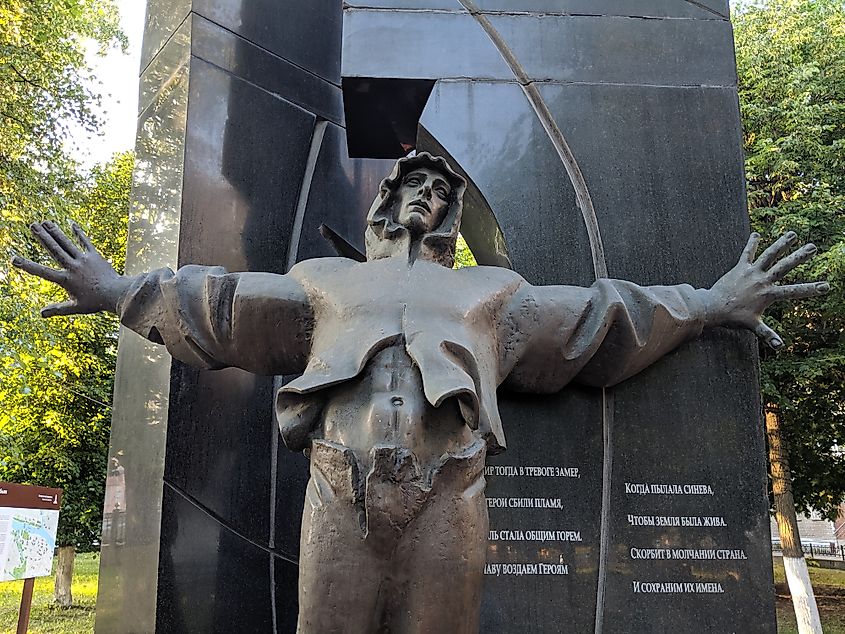
The Chernobyl Nuclear Power Plant Exclusion Zone is still in effect as of 2021, with no plans to resettle the area. While it is safe to enter the area with protective suits, levels are still high enough that long term exposure remains dangerous. Within the first year of the explosion, some 135,000 residents were permanently evacuated, and the next 15 years saw 350,000 individuals resettled. Because the reactor had exploded, there was a great deal of highly radioactive debris that needed to be cleared from the site. Initially, robots were sent in to clear the area, but the high levels of radiation caused continual electronic failure, and this approach was abandoned.
Instead, human workers took shifts intended to be no more than 90 seconds long. These workers physically moved the debris from the roof of the reactor. Safety measures outlined that these workers should only enter the area once, so as to limit radiation exposure, but records indicate some workers performed this task multiple times.
Enclosing The Reactor
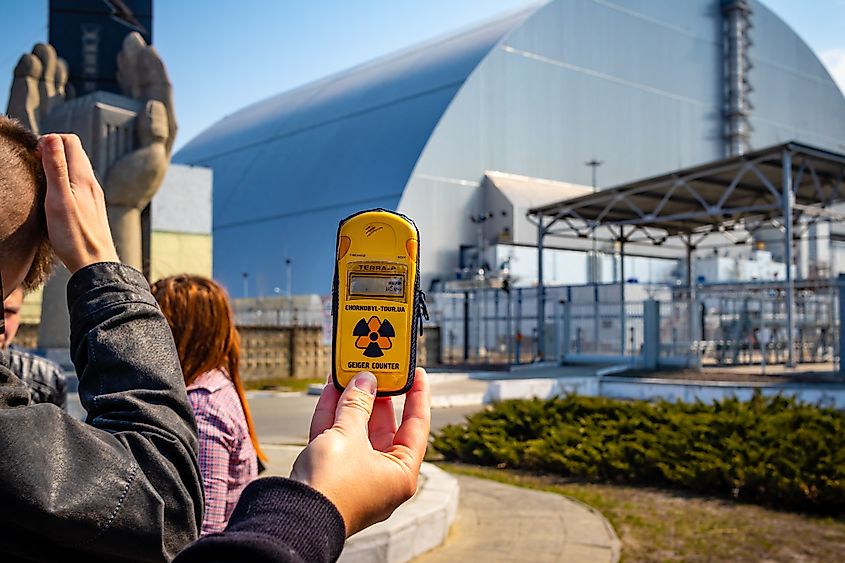
After the debris was cleared, a sarcophagus was constructed out of composite steel and concrete in order to contain the radioactive material and the remnants of the reactor. This process was dangerous and difficult, as workers’ safety had to be ensured during this process. Unfortunately, the level of protection and information given to many of these works was not sufficient, and most were exposed to extremely dangerous levels of radiation over time. It is estimated that more than 400 times more radioactive material was released from Chernobyl than the atomic bombing of Hiroshima and Nagasaki combined. This affected roughly 100,000 square kilometres (39,000 sq mi) of land. Fallout reached large areas of Belarus, Ukraine and Russia, while air and precipitation born radioactive particles were found in other areas of Europe, most notably in Sweden. Sweden’s detection of the radioactive particles was in large part what triggered the extended evacuations, and the government’s public acknowledgment of the incident, which up until that point had been downplayed.
Human Impact
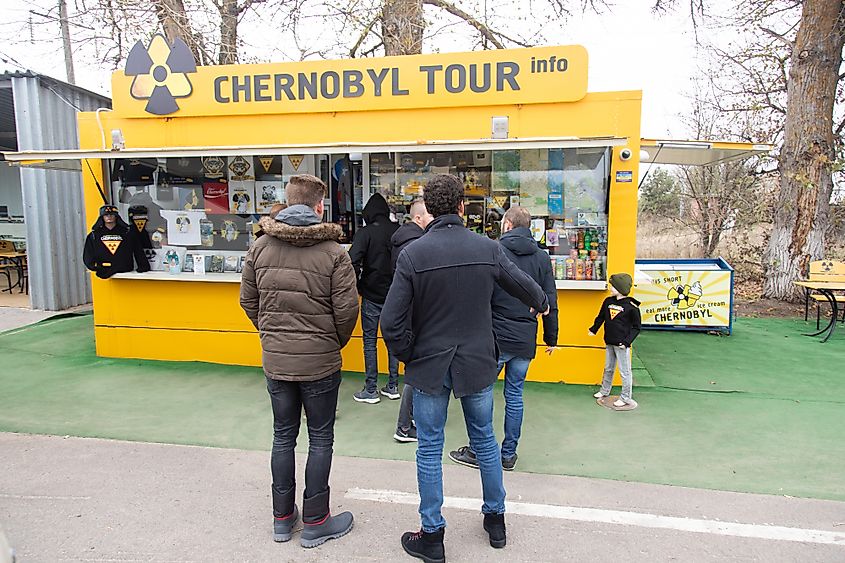
35 years after the disaster, the area around the plant is still unsafe to visit except in very short periods. It is estimated that the area surrounding the reactor will remain uninhabitable for some 20,000 years. Exposure to extreme levels of radiation is most strongly associated with acute radiation syndrome as well as cancer. In the years following the disaster, there have been approximately 5,000 cases of thyroid cancer, resulting in 15 known deaths, and it is thought that some 6,000 children and teens developed thyroid cancer following radiation exposure. Chernobyl related statistics have been much debated and challenged, however, so it is difficult to pinpoint exactly how many individuals were affected by radiation, from fallout to unsafe working conditions and delayed evacuations.
Effects On The Environment

Like with humans, radiation has a strong and negative impact on the environment. Directly after the incident, four square miles of forest turned red-brown, and trees died out, due to absorption of high levels of radiation. Over time, though, these forests have grown back, and most plant life seems generally unaffected today. In animals, like with humans, thyroid cancer became extremely prevalent and killed off large quantities of livestock as well as wild animals. The first generation of young following the exposure usually had extreme birth defects, or did not survive. Cataracts and albinism were also common. Fish in surrounding waterways and runoff areas were highly contaminated, and were above the estimated safe levels for consumption.
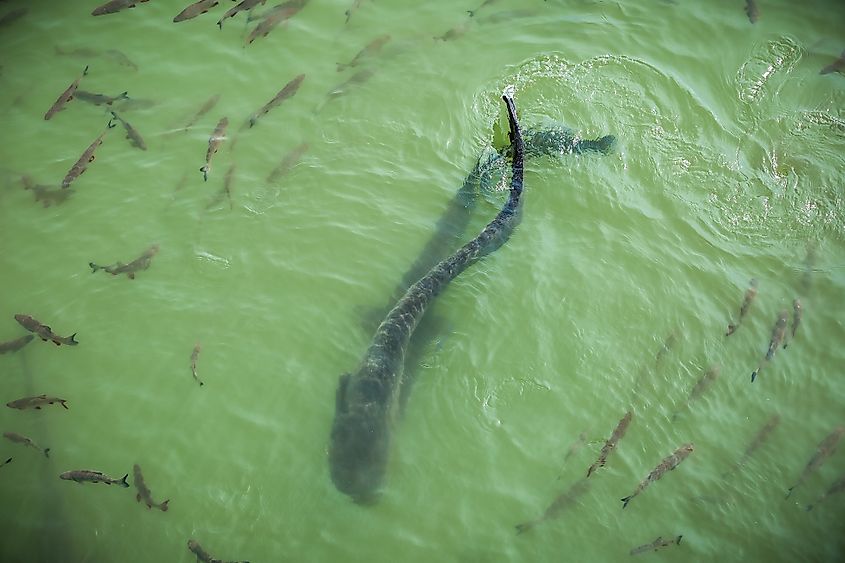
However, despite the initial harsh impact on the flora and fauna post explosion, wildlife in the surrounding area has actually seen a resurgence. In many cases, species which have been declining in population elsewhere in Russia and Europe have flourished due to the absence of human life in the exclusion zone. While the area will remain dangerous to humans for many thousands of years to come, nature has found a way to reclaim the city in the wake of a widely destructive human made disaster.











